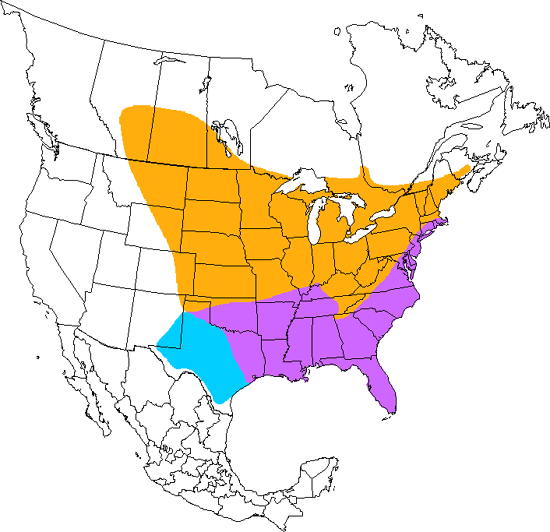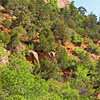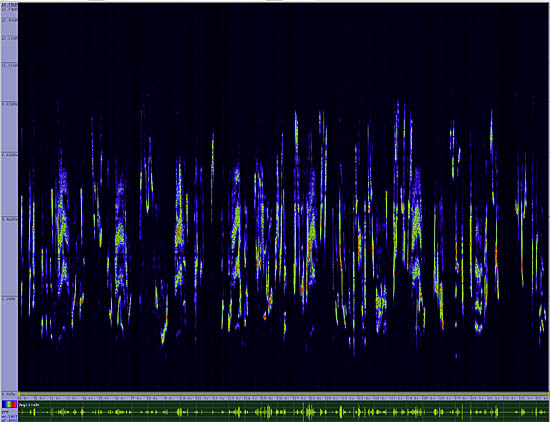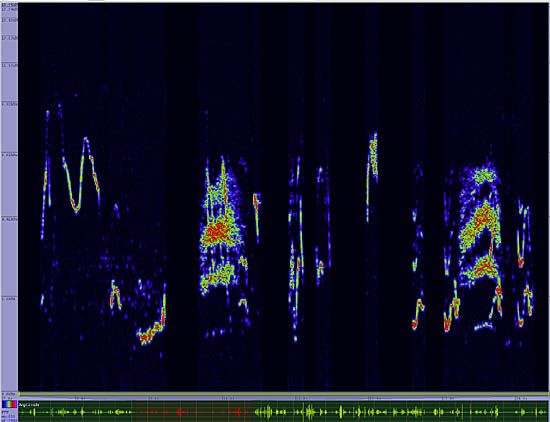Brown Thrasher
Toxostoma rufum

Perching
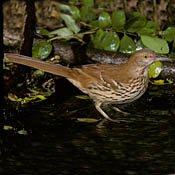
Length: 12 in. (29 cm )
Living low in shrubby areas, edges of clearings and suburban gardens, the songs of this thrasher are numerous and varied. A single male can sing more than 1100 song types, and they often incorporate bits and pieces of notes from other species singing around them. Food is usually insects and fruits, and the twig nest is either placed in a protected site on the ground or low in a dense tangle of vines and foliage.
The four-digit banding code is BRTH.
Bibliographic details:
- Article: Brown Thrasher
- Author(s): Dr. Biology
- Publisher: Arizona State University School of Life Sciences Ask A Biologist
- Site name: ASU - Ask A Biologist
- Date published:
- Date accessed:
- Link: https://askabiologist.asu.edu/activities/bird/brown-thrasher
APA Style
Dr. Biology. (). Brown Thrasher. ASU - Ask A Biologist. Retrieved from https://askabiologist.asu.edu/activities/bird/brown-thrasher
Chicago Manual of Style
Dr. Biology. "Brown Thrasher". ASU - Ask A Biologist. . https://askabiologist.asu.edu/activities/bird/brown-thrasher
Dr. Biology. "Brown Thrasher". ASU - Ask A Biologist. . ASU - Ask A Biologist, Web. https://askabiologist.asu.edu/activities/bird/brown-thrasher
MLA 2017 Style
Be Part of
Ask A Biologist
By volunteering, or simply sending us feedback on the site. Scientists, teachers, writers, illustrators, and translators are all important to the program. If you are interested in helping with the website we have a Volunteers page to get the process started.

